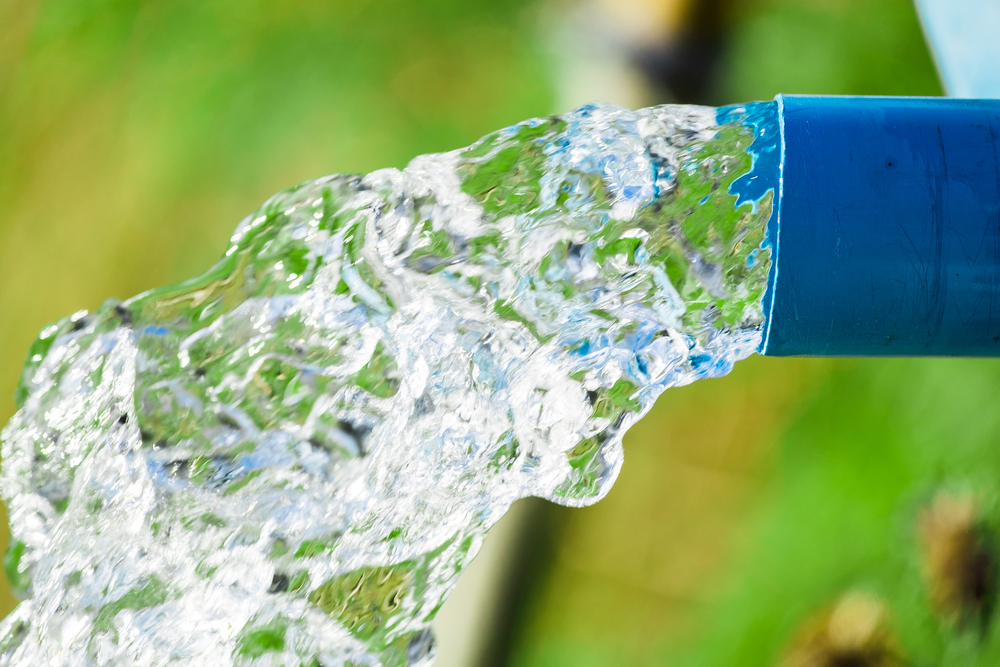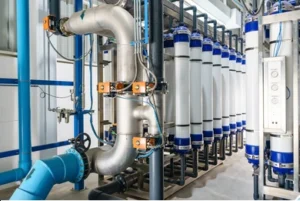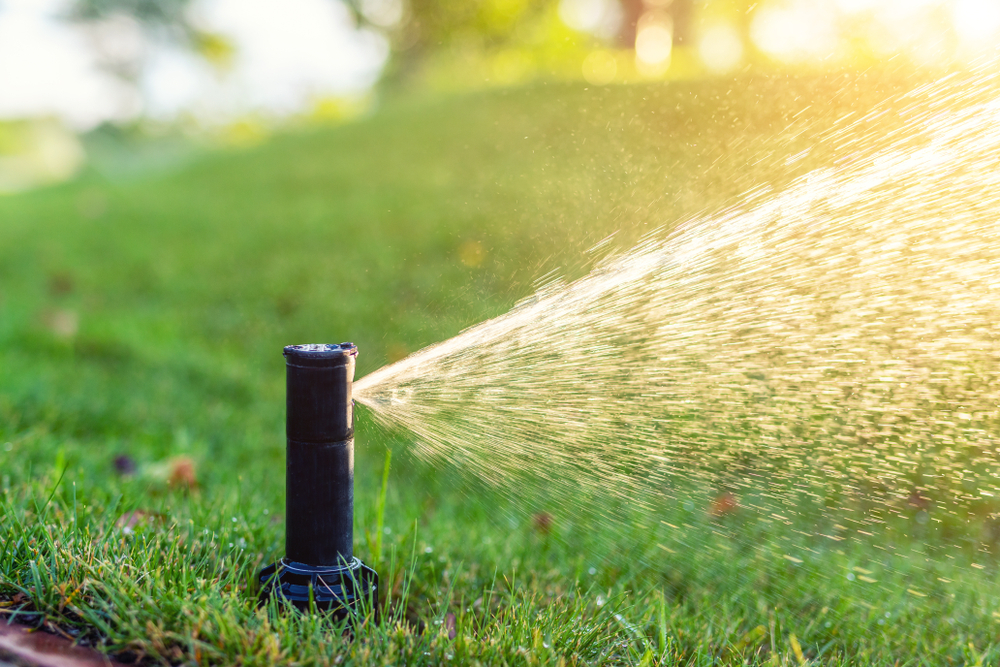Exploring Alternative Water Sources: The Key to a More Sustainable System
Water is the essence of life, and its availability directly impacts every facet of our existence. However, clean water is becoming increasingly scarce, creating severe repercussions for both the environment and communities worldwide. As traditional water sources face unprecedented strain due to overuse, climate change, and a growing global population, the exploration of alternative water sources emerges as a critical solution. This article delves into the pressing need for alternative water sources, their types, benefits, challenges, and practical ways to implement them in our daily lives.

The Need for Alternative Water Sources
Water scarcity is a mounting global issue, affecting over 2 billion people according to the United Nations. Several factors contribute to this crisis. Firstly, the world’s population is growing rapidly, projected to reach 9.7 billion by 2050. This increase intensifies the demand for water, stretching already limited resources to their breaking point. For example, regions like Sub-Saharan Africa and South Asia face severe water shortages, where agriculture, the largest consumer of water, cannot meet the population’s needs.
Climate change exacerbates the situation, altering precipitation patterns, reducing snowpack, and increasing the frequency of droughts. In California, prolonged droughts have drastically depleted reservoirs and groundwater levels. Traditional water sources, such as rivers and lakes, are drying up faster than they can be replenished. Moreover, industrial pollution and over-extraction further degrade the quality and quantity of these water supplies.
In addition to environmental factors, inefficient water management practices play a significant role. In many cities, aging infrastructure leads to substantial water losses through leaks. For instance, in London, approximately 25% of water supply is lost to leaks before reaching consumers. The convergence of these factors underscores the urgent need to seek and adopt alternative water sources.
Types of Alternative Water Sources
Several alternative water sources can alleviate the pressure on conventional supplies. Each method offers unique benefits and operates on different principles, contributing to a more sustainable water management system.
Rainwater Harvesting
Rainwater harvesting captures and stores rainwater for later use. This method involves collecting rainwater from rooftops and other surfaces, directing it into storage tanks or cisterns. The stored water can be used for various non-potable purposes, such as irrigation, flushing toilets, and washing clothes. In some cases, it can be treated for potable use.
In India, the city of Chennai has made rainwater harvesting mandatory for all buildings, significantly enhancing its water supply. By utilizing rainwater, communities can reduce reliance on municipal water systems, conserving treated water for essential uses.
Greywater Recycling
Greywater recycling involves reusing wastewater from household activities like bathing, washing dishes, and laundry. Unlike blackwater from toilets, greywater is relatively clean and can be treated and reused for non-potable purposes. This method reduces the burden on both freshwater supplies and wastewater treatment facilities.
Australia has implemented greywater recycling systems in many residential areas, helping to mitigate water scarcity during prolonged droughts. By recycling greywater, households can significantly reduce their overall water consumption.
Desalination
Desalination removes salts and impurities from seawater to produce fresh water. This technology is particularly valuable in arid regions with limited freshwater resources but abundant seawater. Desalination plants use either reverse osmosis or thermal distillation to achieve this transformation.
Countries like Saudi Arabia and the United Arab Emirates rely heavily on desalination for their water needs. The Carlsbad Desalination Plant in California also demonstrates the potential of this technology to supplement traditional water supplies, providing fresh water to over 400,000 residents.
Groundwater Recharge
Groundwater recharge replenishes aquifers by directing surface water into underground reservoirs. This process can occur naturally through precipitation or artificially through managed aquifer recharge (MAR) systems. Recharging groundwater helps maintain water tables and ensures a sustainable supply for future use.
In Arizona, the Central Arizona Project uses excess surface water to recharge depleted aquifers, stabilizing water levels and securing long-term water availability for agriculture and urban use. This practice not only conserves water but also prevents land subsidence caused by over-extraction.

Benefits of Using Alternative Water Sources
Incorporating alternative water sources into our water management systems offers numerous benefits. These advantages range from environmental sustainability to economic savings and enhanced resilience against climate change impacts.
Reducing Strain on Traditional Water Sources
By diversifying water supplies, alternative sources alleviate the pressure on rivers, lakes, and groundwater reserves. For instance, rainwater harvesting and greywater recycling reduce the demand for treated municipal water, preserving it for critical needs. Desalination and groundwater recharge provide additional sources of fresh water, ensuring a more balanced distribution.
In Singapore, a combination of rainwater harvesting, desalination, and reclaimed water (treated wastewater) has transformed the city-state into a model of water sustainability. These measures have significantly reduced the dependence on imported water and safeguarded against potential shortages.
Cost Savings
Implementing alternative water systems can lead to substantial cost savings. Households and businesses can lower their water bills by using harvested rainwater or recycled greywater for non-potable purposes. Additionally, reduced demand on municipal water systems can translate to lower infrastructure and treatment costs for local governments.
In the long term, investing in alternative water sources can be more economical than expanding traditional water supplies. For example, Australia has found that the cost of greywater recycling systems is often lower than developing new dams or reservoirs. Furthermore, desalination technology, although initially expensive, becomes more cost-effective with advancements and economies of scale.
Promoting Sustainable Living
Using alternative water sources encourages sustainable living by fostering a greater awareness of water conservation. Individuals and communities become more conscious of their water usage and adopt practices that reduce waste. This shift in mindset contributes to broader environmental benefits, such as decreased energy consumption and reduced carbon emissions from water treatment processes.
The community of San Luis Obispo in California has embraced rainwater harvesting and greywater recycling, promoting a culture of sustainability. Educational programs and incentives have empowered residents to take an active role in water conservation, setting an example for other regions.
Challenges and Solutions
While alternative water sources offer significant benefits, their adoption faces several challenges. Addressing these obstacles requires a combination of policy support, technological innovation, and public engagement.
Initial Costs
The initial costs of installing alternative water systems can be prohibitive for some households and communities. For example, setting up a rainwater harvesting system or a greywater recycling unit involves purchasing equipment and possibly modifying existing infrastructure. Desalination plants require substantial investment and ongoing maintenance costs.
To overcome this barrier, governments can provide financial incentives such as grants, subsidies, and tax credits. In Australia, the government offers rebates for households that install rainwater tanks or greywater systems, making these technologies more accessible. Additionally, financing options such as low-interest loans can help spread the upfront costs over time.
Infrastructure Requirements
Implementing alternative water sources often necessitates changes to existing infrastructure. Urban areas may lack the space or design to accommodate large storage tanks or greywater recycling systems. Moreover, integrating desalination plants into a region’s water supply network can be complex.
Innovative solutions can address these challenges. For instance, modular and scalable rainwater harvesting systems can be installed in urban environments with limited space. Advances in greywater treatment technology have led to compact, efficient systems suitable for residential use. Collaborative planning between engineers, urban planners, and policymakers can ensure that new infrastructure projects incorporate provisions for alternative water sources.
Public Acceptance
Public acceptance is crucial for the successful implementation of alternative water systems. Many people may be hesitant to use recycled greywater or desalinated seawater due to perceived health risks or concerns about water quality. Additionally, there might be a lack of awareness about the benefits and safety of these methods.
Educational campaigns can play a pivotal role in overcoming these challenges. Providing accurate information about the safety and benefits of alternative water sources can alleviate public concerns. Community workshops, school programs, and media outreach can raise awareness and encourage widespread adoption. For instance, public tours of desalination plants and greywater recycling facilities can demonstrate the effectiveness and safety of these technologies.
Implementing Alternative Water Sources
Incorporating alternative water sources into daily life is feasible for individuals, households, and communities. Here are practical tips and resources to help readers get started:
Rainwater Harvesting
- Assess Your Needs: Determine how much rainwater you can collect and how you will use it. Calculate the size of your roof area and local rainfall patterns to estimate potential collection.
- Choose the Right System: Select a rainwater harvesting system that suits your needs and budget. Options range from simple barrel systems to more complex underground tanks.
- Install Gutters and Downspouts: Ensure your roof has gutters and downspouts to channel rainwater into storage tanks.
- Maintain Regularly: Clean gutters and tanks regularly to prevent debris buildup and contamination.
Greywater Recycling
- Identify Greywater Sources: Determine which household activities generate greywater (e.g., showers, laundry).
- Install a Greywater System: Choose a system that meets your needs and complies with local regulations. Options include simple diversion devices and advanced treatment units.
- Use for Non-Potable Purposes: Apply recycled greywater for irrigation, toilet flushing, and other non-potable uses.
- Ensure Proper Treatment: Regularly maintain and monitor your system to ensure water quality and safety.
Desalination and Groundwater Recharge
While implementing desalination and groundwater recharge is more suitable for community or municipal levels, individuals can advocate for these technologies by:
- Supporting Local Initiatives: Participate in or support community projects aimed at exploring desalination and groundwater recharge.
- Advocating for Policy Changes: Engage with local policymakers to promote the adoption of these technologies.
- Educating Yourself and Others: Stay informed about the benefits and advancements in desalination and groundwater recharge and share this knowledge with your community.

Groundwater
Conclusion
Embracing alternative water sources is imperative for creating a more sustainable and resilient water system. As water scarcity becomes a growing concern, relying solely on traditional sources is no longer viable. By exploring and adopting methods such as rainwater harvesting, greywater recycling, desalination, and groundwater recharge, we can reduce the strain on existing supplies, save costs, and promote sustainable living.
While challenges exist, they are not insurmountable. With concerted efforts from governments, communities, and individuals, the transition to alternative water sources is achievable. Financial incentives, technological innovations, and public education can facilitate this shift, ensuring a secure and sustainable water future.
Ultimately, small changes in our daily routines can make a significant impact. By incorporating alternative water sources into our lives, we contribute to a better future for our planet and generations to come. The journey towards water sustainability starts with each one of us taking action today.
Plumbing Services CA
https://maps.app.goo.gl/31Yt4rhDrainzNJ4A
(279) 203-0765
https://plumbingservicesca.com/
